Bukhara is one of the few cities in Central Asia that survives with fond memories. The city of Bukhara is a silent witness to the history of the region.
Bukhara has been the favorite place of the rulers of various dynasties since ancient times. So many rulers have paid attention to its beautification and prosperity. However, Bukhara became the most prosperous in the Middle Ages. Numerous charming structures erected at this time still exist in the existing tabiat

Being an important port on the historic Silk Road, it was an important economic center at that time. Besides, Bukhara was ahead in education, culture and religion. Bukhara's gift to civilization is not less.
Born in Bukhara are Imam Bukhari, the author of Bukhari Sharif, the most accepted book of Hadith in Hadith, Ibn Sina, a renowned scholar of medicine, and Bahauddin Naqshbandi, a famous Sufi. In history, Bukhara is known as the holy city of Muslims.
Bukhara is the capital of Bukhara province in Uzbekistan and the second largest city in the country. The Jarafshan River flows past this city. 225 km from the historic city of Samarkand. This city is located in the west.
Bukhara in the Puranas
There are many myths about Bukhara. According to the famous Iranian epic Shahnameh, it was founded by Siavash Bukhara, the son of King Kaikaus. According to the Puranas, Siavash was thrown into the fire for allegedly molesting his stepmother. The custom at that time was to throw the accused into the fire to prove his innocence. If he is innocent he will survive. So Siavash escaped the fire, crossed the Amudaria and went to Turan. There the king of Samarkand married his daughter Faranjis and gave her a piece of kingdom in the oasis of Bukhara. Siavash built a fort there and built a wall around it. This is how the foundation stone of the city of Bukhara was laid.
A brief history of Bukhara
Bukhara began its journey as a kingdom of the Persian Empire in the year 500 BC.
It later came under the control of Alexander the Great. Two religious movements took place in Bukhara before the Arabs came to power and enriched the Muslim civilization. Manichaeanism during the reign of one Sassanid Empire, another Nestorian Christianity in the Assyrian Church of the East. Several coins and crosses were found in Bukhara as witnesses to these incidents. Muslim rule was established in Bukhara in the ninth century. In 850 AD it became the capital of the Samanids In the golden age of the Samanids, Bukhara became the center of Islamic knowledge, science and culture. Imam Bukhari was born at this time. The Samanids were defeated by the Turkish dynasty Karakhanids in 999 AD. Bukhara then became part of the kingdom of Kharejam Shah. In 1220, Bukhara fell victim to the ruthless destruction of Genghis Khan. Later, however, the city was rebuilt. Bukhara was ruled by the successors of Genghis Khan until the rise of Timur Long. Bukhara then became the capital of the Shaibani rulers. Then came the rise of the Emirates of Bukhara. During the Russian Civil War, the Red Army occupied the Emirate of Bukhara. Then came the era of the Bukhara People's Republic. During this time Bukhara became part of the Uzbek Socialist Republic. After Uzbekistan became independent in 1991, Bukhara became the capital of Bukhara province.
Traditions and installations of Bukhara
Bukhara is very rich in architecture. It is called the city of museums. The city has a total of 140 architectures, large and small. Bukhara has at least 200 mosques and more than a hundred madrasas. Due to the location of various traditional mosques and madrasas, UNESCO has declared Bukhara a World Heritage Site. At this stage let's get acquainted with some of the famous installations in Bukhara.
Arch Castle
The fort is located in the northwestern part of present-day Bukhara. Roughly quadrangular in shape, the fort extends from west to east. It was built in the fifth century. It lasted from its construction until the Russian invasion in 1920.

Red I bombed and blew up a large part of the fort, but the splendor of the arc did not diminish much. Yet the arc is no less interesting to look at. Located within a strong wall, this strong fort is called the 'city within the city'.

The Ark was originally used as the residence of the Emirs of Bukhara. There is a Jame Mosque at the entrance of this beautiful architecture. Then the quarters began.
Kalyan Minar
One of the most famous installations in Bukhara is the Kalyan Minar in the Poi Kalyan Mosque Complex. It was built by Karakhanid ruler Mohammad Arsalan Khan. This circular minaret made of sun-dried bricks has become narrower at the top. Its height is about forty-five meters.

Inside the minaret is a spiral staircase. The muezzin stood on the roof covered with a round dome and called for prayers. It was also used as a watch tower during the war. The minaret is also known as the 'Death Tower' because it was thrown from the top of the minaret to execute criminals in the twentieth century. Beauty and death are strangely intertwined in the history of this minaret.
Four minarets
Char Minar is a historic mosque in Bukhara.

It was built by Khalifa Niaz Kul. He was the ruler of the Janid dynasty. As per the name of the mosque, there are four minarets here as usual, but none of them is used as a minaret for giving Azan. However, there is no doubt that the blue minarets have enhanced the beauty of the mosque.
Kalan Mosque
Kalan Mosque is one of the most beautiful and scenic structures in Bukhara. Archaeological excavations have revealed that a mosque was built here during the Karakhanid rule.

However, it was destroyed by the Mongols. Later in the fifteenth century another mosque was built here on the ruins of that mosque. This mosque is known as Kalan Mosque. The structure of Kalan Mosque is similar to that of other ten mosques in Central Asia. There is a square courtyard in front of the mosque. There is a gallery with pillars. There is a carved blue minaret on the top of the mosque.
Mir-i-Arab Madrasa

Another impeccable installation of the Mir-i-Arab Madrasa Bukhara, adorned with two bright blue domes.

This aesthetic building was built in the sixteenth century. The madrassa is associated with the memory of Shaykh Abdullah Yemeni, the religious guru of the Shaybani rulers. The dazzling design of the Mir-i-Arab Madrasa features mosaic work, geometric workmanship and moderate use of calligraphy.
Lab-e-House
The source of water in ancient Bukhara was some open ponds. Although water was readily available, the ponds were notorious for spreading germs. For this reason, almost all the ponds were filled in the 1920s.

Lab-i-House survives on the beauty of having three beautiful architectures on three sides. On one side of the pond are Kukledash Madrasa, Nadir Diwanbagi Madrasa and Nadir Diwanbagi Khanka.
Ismail Samani Shrine
Ismail Samani Shrine is one of the oldest structures in Bukhara. Ismail Samani was the founder of the Samanid dynasty.

This cube-shaped structure of brick is a unique example of ancient Islamic architecture in Central Asia.
Thanks for reading this article for so long.
If you like it Upvote Can give.
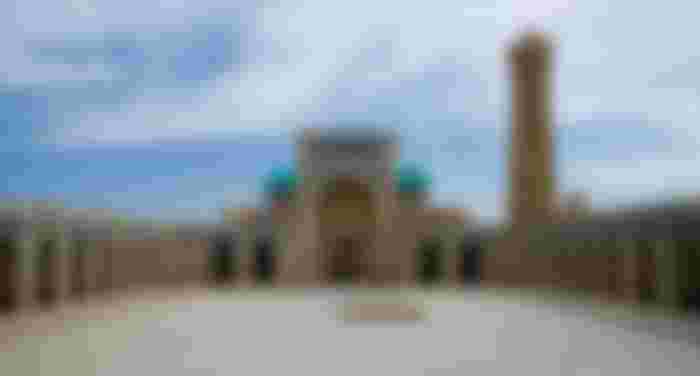
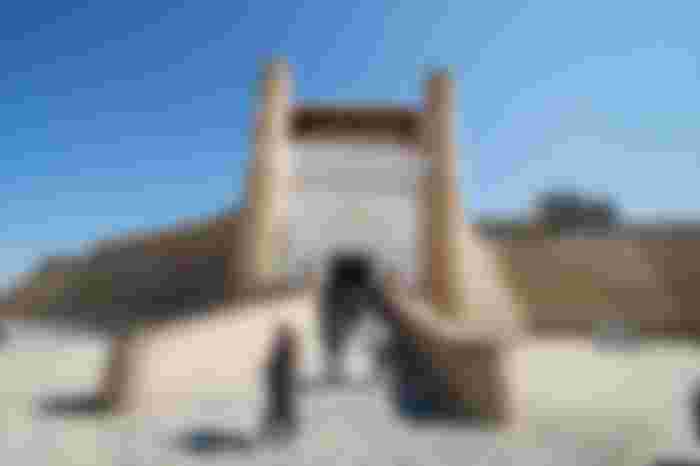

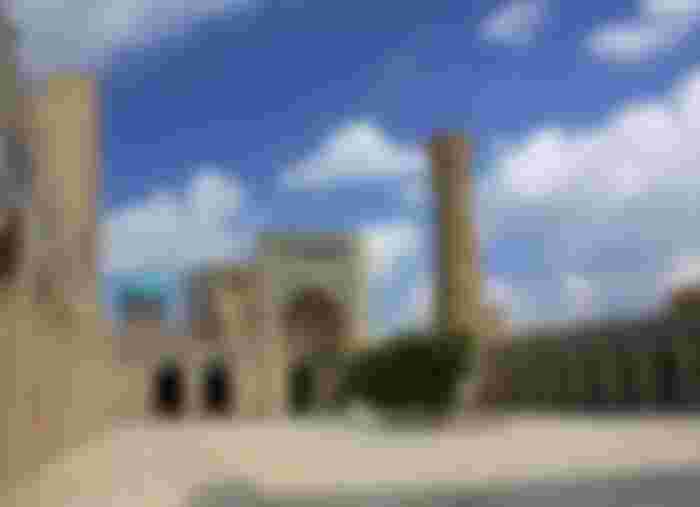
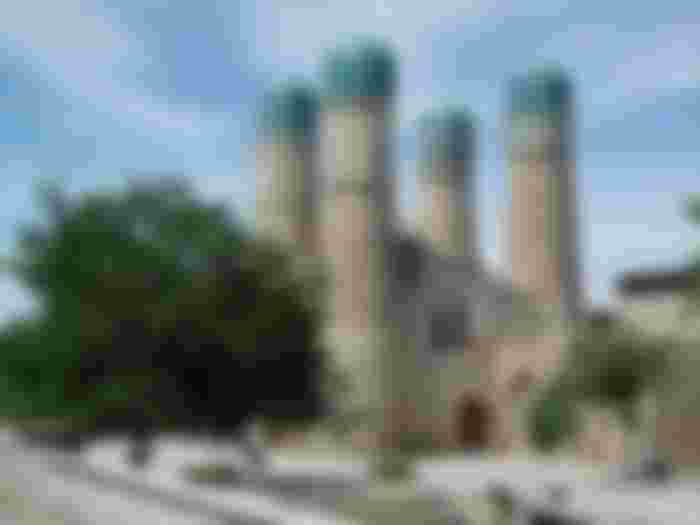
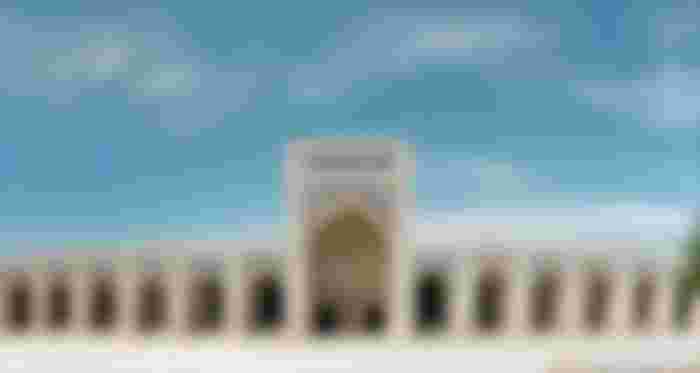
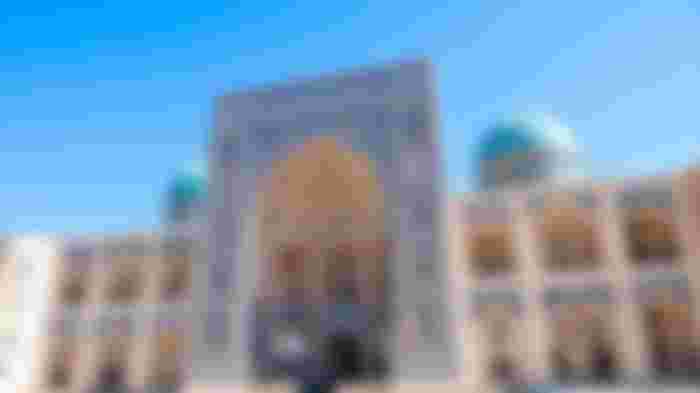


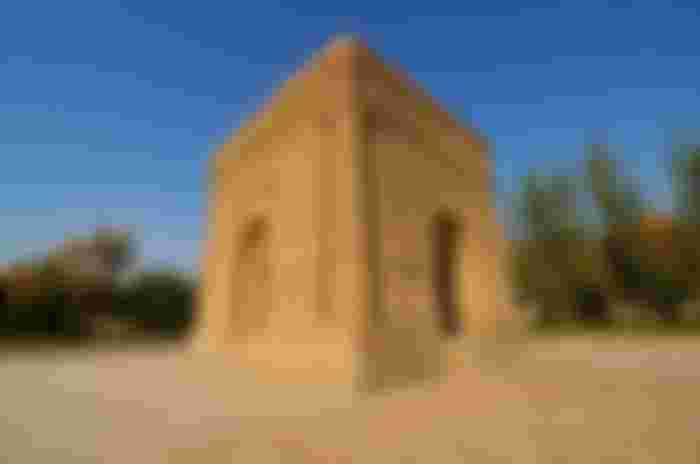
Beat and all beautiful place . I really want to travel this beautiful place.. many thanks for sharing